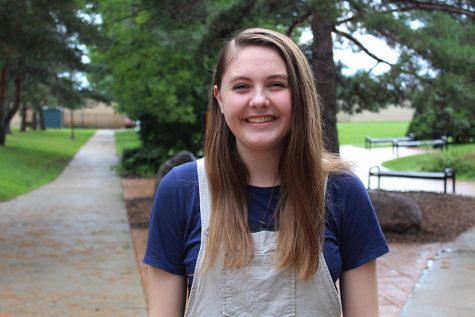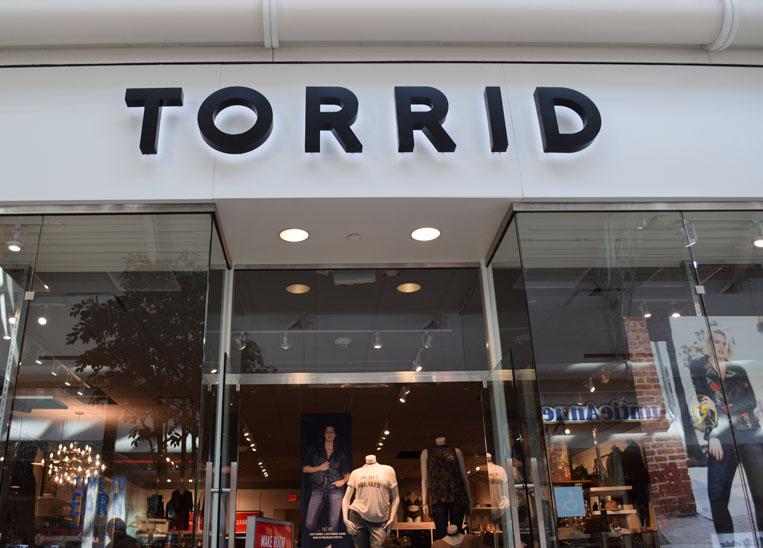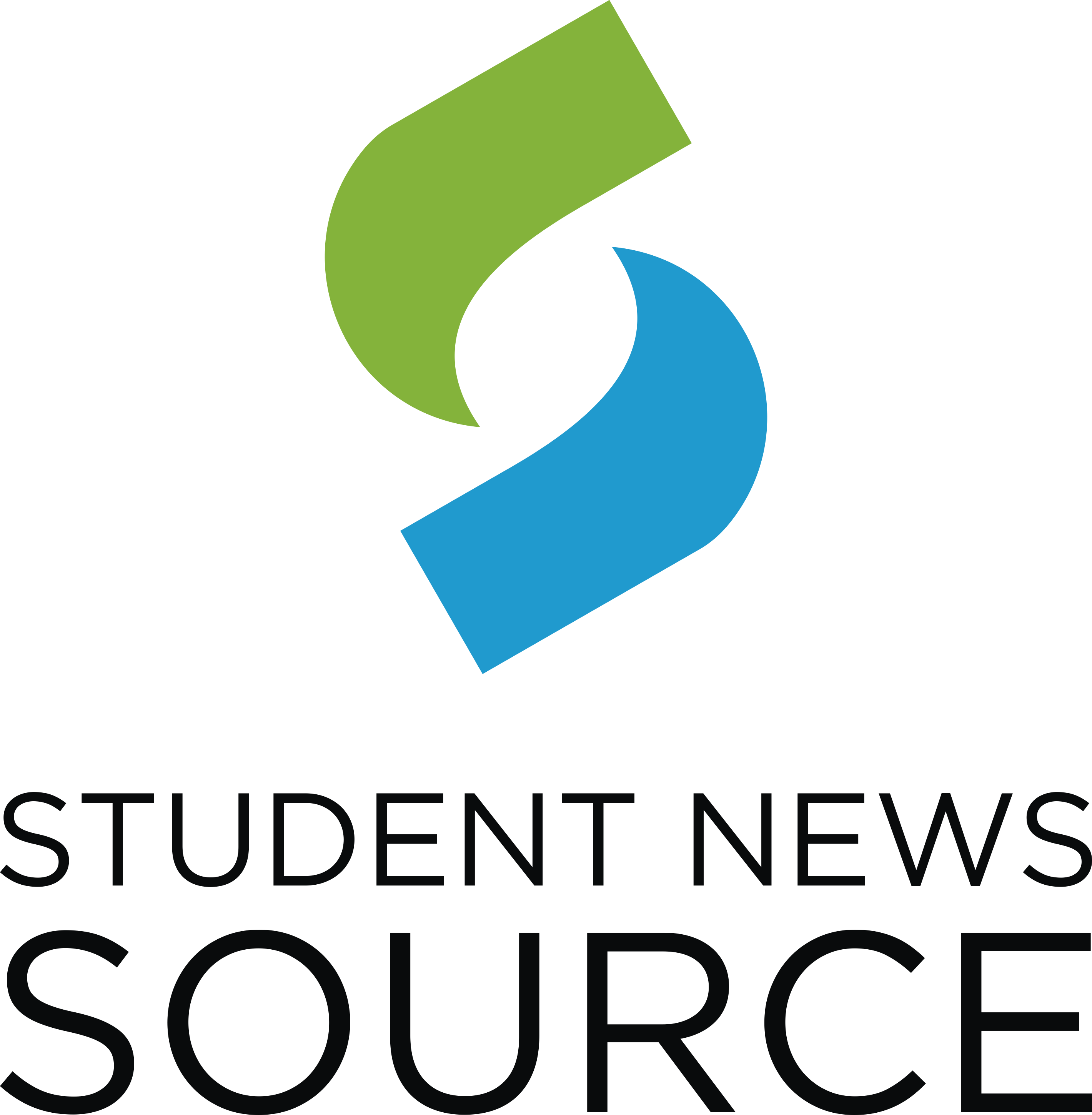Plus-sized problems
Through plus size models and body activists, the fashion world is acknowledging things that have been considered taboo in the fashion world. But are plus size women actually receiving the acceptance they deserve?
Torrid, in the Coral Ridge Mall, is popular for its plus-size trendy clothing.
Even if you don’t keep up on all the latest fashion trends religiously, there’s a good chance you heard about one of the most important events in the fashion world: New York Fashion Week (NYFW).
NYFW is an exemplar time for designers to get their name out in the world through expensive runway shows, after parties and crazy press coverage. With each NYFW comes a new line, and with every new runway show comes a new set of up-and-coming models from a multitude of different backgrounds.
In recent years, designers have begun including plus size models and body activists like Ashley Graham and Liris Crosse in their shows. With exclusive plus-size designers like Ashley Nell Tipton, and with Project Runway officially providing “real women” models ranging from size two to 22 for season 16, you can imagine “plus size” girls are finally getting the representation they deserve. But are they?
It’s apparent that in 2017 acceptance of all sizes, ethnicity, race, etc. have skyrocketed compared to when our parents were teens. But we can’t settle for the depiction of plus size women that fashion has provided so far. Plus size models come few and far between on NYFW runways, and are underrepresented in high-end model agencies like IMG Models, Seattle Talent and Model Management.
Not only do plus size models have few opportunities to model, but when designers do include plus size fashion to their collections, it is EXCLUSIVELY plus size. True representation of plus size will come when models are not singled out for their size: when plus-sized and petite-sized women walk the runways together, fully integrated on all platforms, is when true acceptance of the body positive movement will exist.
Even the term plus size prohibits full acceptance of the women wearing sizes larger than a six, the average size of a model. With millions of women on average wearing a dress size bigger than 14, it’s shocking that there is still segregation between “real” women and the models representing the “ideal” women.
New studies from 2016 found that American women now wear, on average, a size 16 to 18, an increase from the 10 year old data saying 14 was the average size. Old data isn’t the only thing holding both models and designers back: sizes compared to measurements and the mannequins designers use show that the design mannequins are roughly two dress sizes smaller than what is considered by measurements post-manufacturing.
Being fairly involved in the fashion industry, I’ve seen the problems first hand. I’ve been drawing fashion illustrations since I was ten, using those croquis books that have the figure templates perfectly printed out on pages. I would go through books so fast, happily drawing dresses and tops for the “perfect-sized” women, never questioning the fact that the figures in front of me were wildly out of proportion. Their waists were smaller than their shoulders, and their legs made up more than half their body. I have been designing clothing for six years, and I just found an “average size” croquis book this past year.
Where’s the representation? Where’s the Victoria’s Secret fashion show with normal sized waists, or the America’s Next Top Model cycle with average sized models? Not representing these average sized women creates a perception problem, affecting young girls and women about what the “normal” proportions should look like.
Not only is the representation of these average women near non-existent, where there is a display of “plus-sized” women, they are still seen as different. Plus size women aren’t integrated; they are still singled out for their dress size.
One size does not fit all. With NYFW passing quickly without a change in the plus size representation, it’s hard to see what the problem is. Including plus size fashion lines in fashion shows is a step in the right direction, but until high end designers start adding more than just one average sized women in their shows, there’s a lot of work to be done.
For more information and opinions, watch this video from Tim Gunn from PBS news.
Your donation will support the student journalists of West High School. Your contribution will allow us to purchase Scholarship Yearbooks, newsroom equipment and cover our annual website hosting costs.

Sophie Stephens is a senior at West; this is her second year on staff and her second year as an editor. She is the managing editor for the website and...




